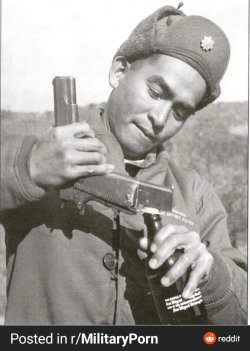So here is my take from training many LEO's, and from being trained by many LEO's.
Basic marksmanship is golden. There is no substitute and we should strive to develop the best marksmanship we are capable of. After more than 60 years shooting handguns, many training and instructor courses behind me, and many tens of thousand rounds downrange, I am rarely satisfied with my performance. I am not a naturally gifted shooters like others I have known. I have to work at it. It is a lifelong struggle that I will never be finished with, but I still try to be as good as my abilities every session on the range. I also note that my skills drop off after about 2 weeks of not practicing. That is true for me with shotgun as well. Coming off several months recovery from knee surgery I lost my MOJO and am trying to get it back (what little I had).
With all that said, combat shooting is not bullseye shooting. Speed, power, and accuracy determine the outcome of gunfights.
You have to be fast, but not so fast to sacrifice accuracy. You can't miss fast enough to win. As Wyatt Earp said, you have to learn to hurry up slowly.
Your handgun must have enough power to get the job done. NIJ did a lot of research in the 60's and 70's to find the best caliber handgun to stop an attacker. Too little power and it may be accurate but won't stop the attacker. Too much power and recoil and muzzle flash my hinder subsequent shots, and training novices to shoot accurately on heavy calibers has its own set of problems.
Shot placement is key. You have to hit the right spot to put the attacker out of the fight. While precision marksmnship is important, it takes time. While you my be a deadeye marksman, that doesn't help if you took too long and your opponent has already landed several hits on you. It's why we shoot for center mass, or in the incapacitation zone rather than for a small bullseye in combat shooting. The goal is to land multiple solid hits quickly to win the fight.
With all that said, you still need a modicum of precision skills, in the event you need to land shots on a particular part of the aggressors anatomy or take shots at a greater distance.
What I want to see on an officer's qualification target are multiple hits in the zone with no misses and not necessarily a tight group, that are shot within a compressed time limit.
The rule of 3's is usually in play. That is, most gunfights begin at 3 yards or less, 3 shots are fired or less, and it is over in 3 seconds or less, so that is a priority scenario to train for, but don't neglect training at greater distances“

